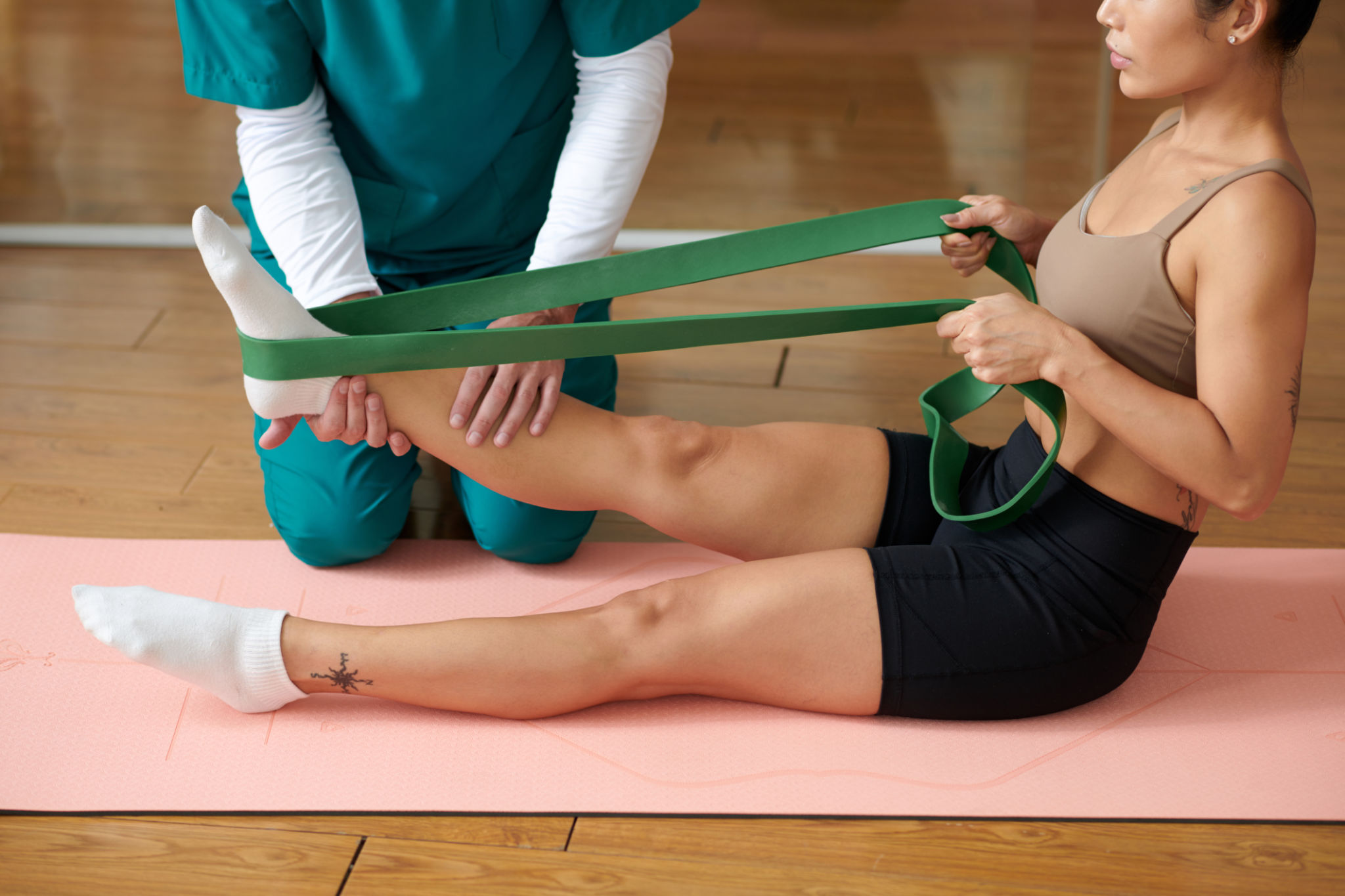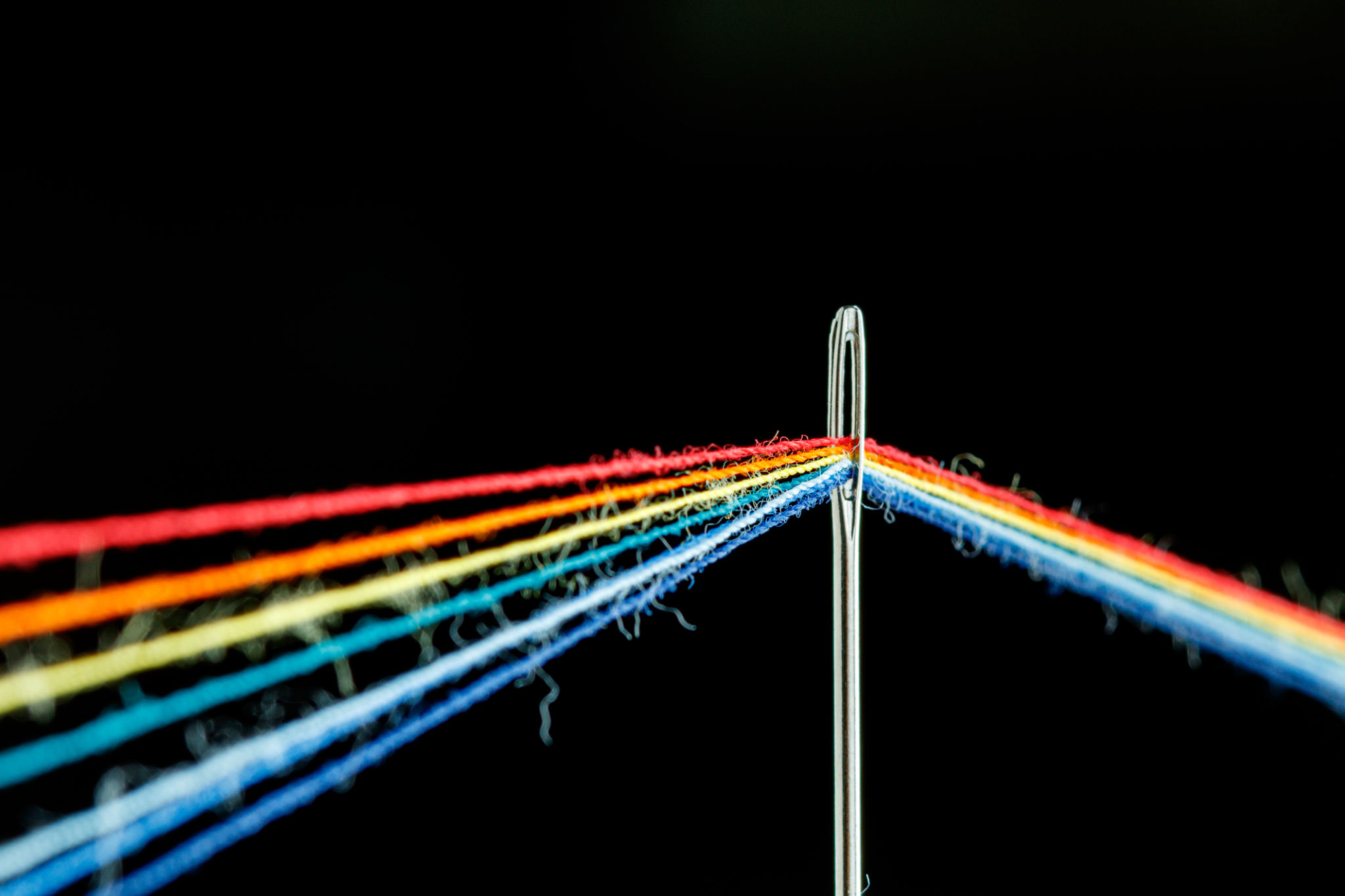Is Dry Needling Right for You? A Local Expert’s Perspective
VN
Understanding Dry Needling
Dry needling is a therapeutic technique that involves inserting thin needles into specific trigger points in the muscles. This treatment is designed to relieve muscular pain and improve function by releasing tension, increasing blood flow, and reducing inflammation. While often compared to acupuncture, dry needling is a distinct method that focuses primarily on muscular issues.

How Does Dry Needling Work?
The process of dry needling targets myofascial trigger points, which are tight bands within the muscles that can cause pain and discomfort. By inserting needles into these precise areas, practitioners aim to interrupt pain signals, reduce muscle tightness, and restore normal muscle function. This can be particularly effective for conditions like chronic back pain, neck pain, and sports injuries.
Benefits of Dry Needling
Many patients find relief from various musculoskeletal issues through dry needling. Some potential benefits include:
- Reduced muscle tension
- Improved range of motion
- Enhanced recovery from injuries
- Decreased pain levels
These benefits can make dry needling an appealing option for athletes, individuals with chronic pain conditions, and those seeking non-invasive treatment methods.
Who Can Benefit from Dry Needling?
Dry needling may be suitable for individuals experiencing muscle pain, stiffness, or dysfunction. It is often recommended for patients with:
- Chronic muscular pain
- Tension headaches
- Fibromyalgia
- Sports-related injuries

What to Expect During a Session
A typical dry needling session lasts between 30 to 60 minutes. During the treatment, a trained practitioner will insert needles into the targeted areas. Patients may experience a twitch response or a slight discomfort as the needle penetrates the muscle. However, many report feeling relaxed and relieved post-treatment.
Potential Risks and Considerations
While generally safe when performed by a qualified professional, dry needling does have some risks. It's important to consult with a healthcare provider to determine if this therapy is appropriate for your specific condition. Potential side effects include minor bruising, soreness, or fatigue post-treatment.

Choosing the Right Practitioner
Choosing a certified and experienced practitioner is crucial to ensure the safety and effectiveness of dry needling. Look for professionals who have undergone specialized training and are licensed in your area. Recommendations from friends or healthcare providers can also be a helpful resource in finding a reputable practitioner.
Conclusion: Is Dry Needling Right for You?
If you're considering dry needling as a treatment option, it's essential to weigh the potential benefits against any risks. Consulting with a local expert can provide personalized insights based on your health needs and goals. Ultimately, the decision should be made in collaboration with your healthcare provider to ensure the best possible outcome.
